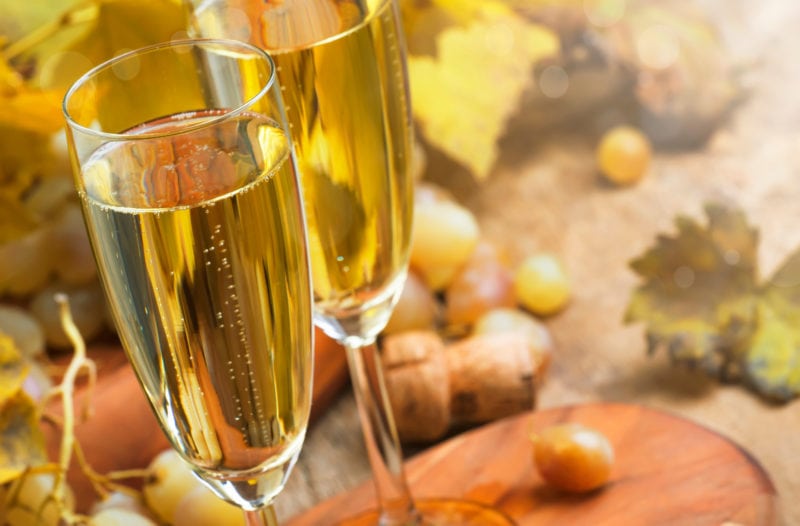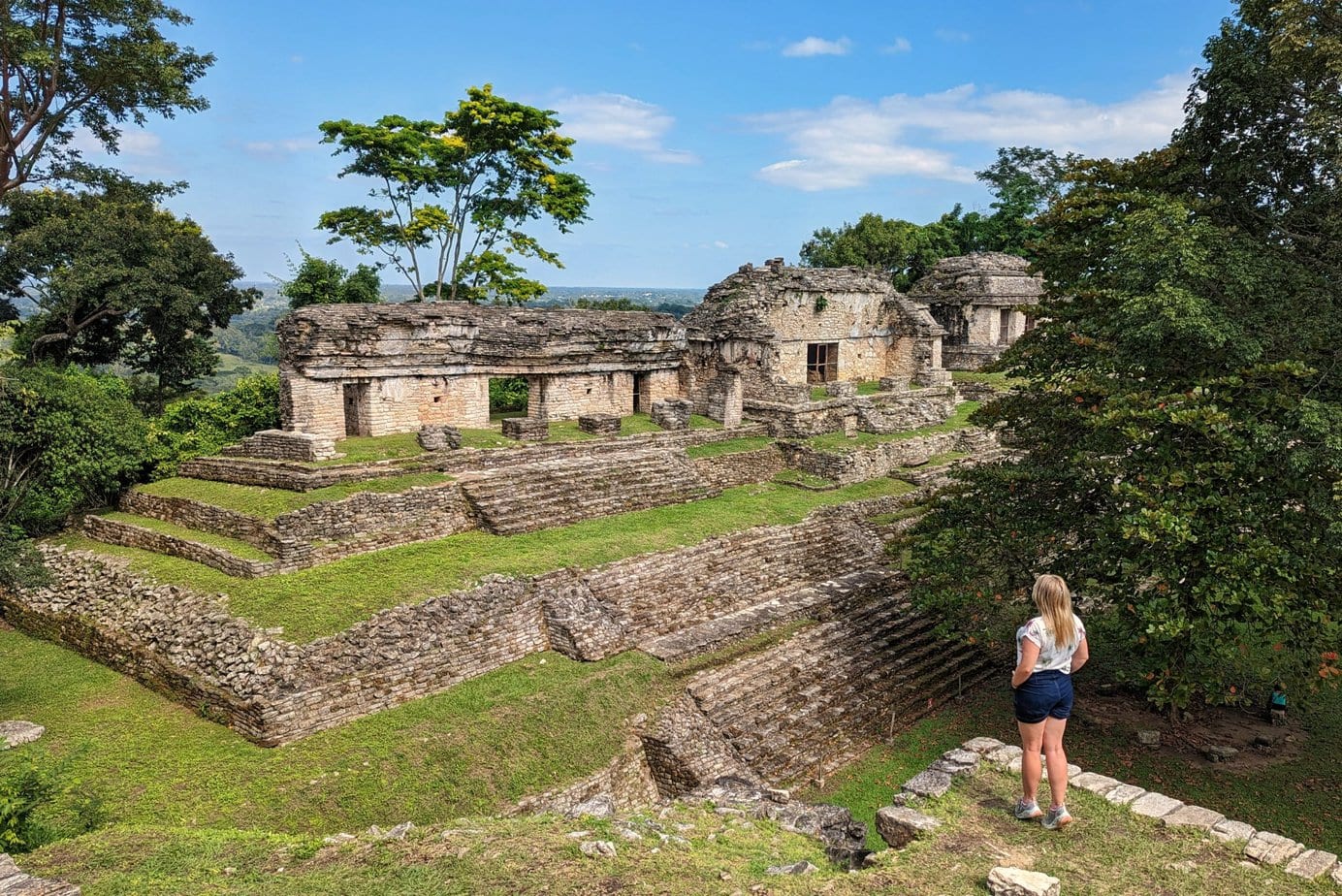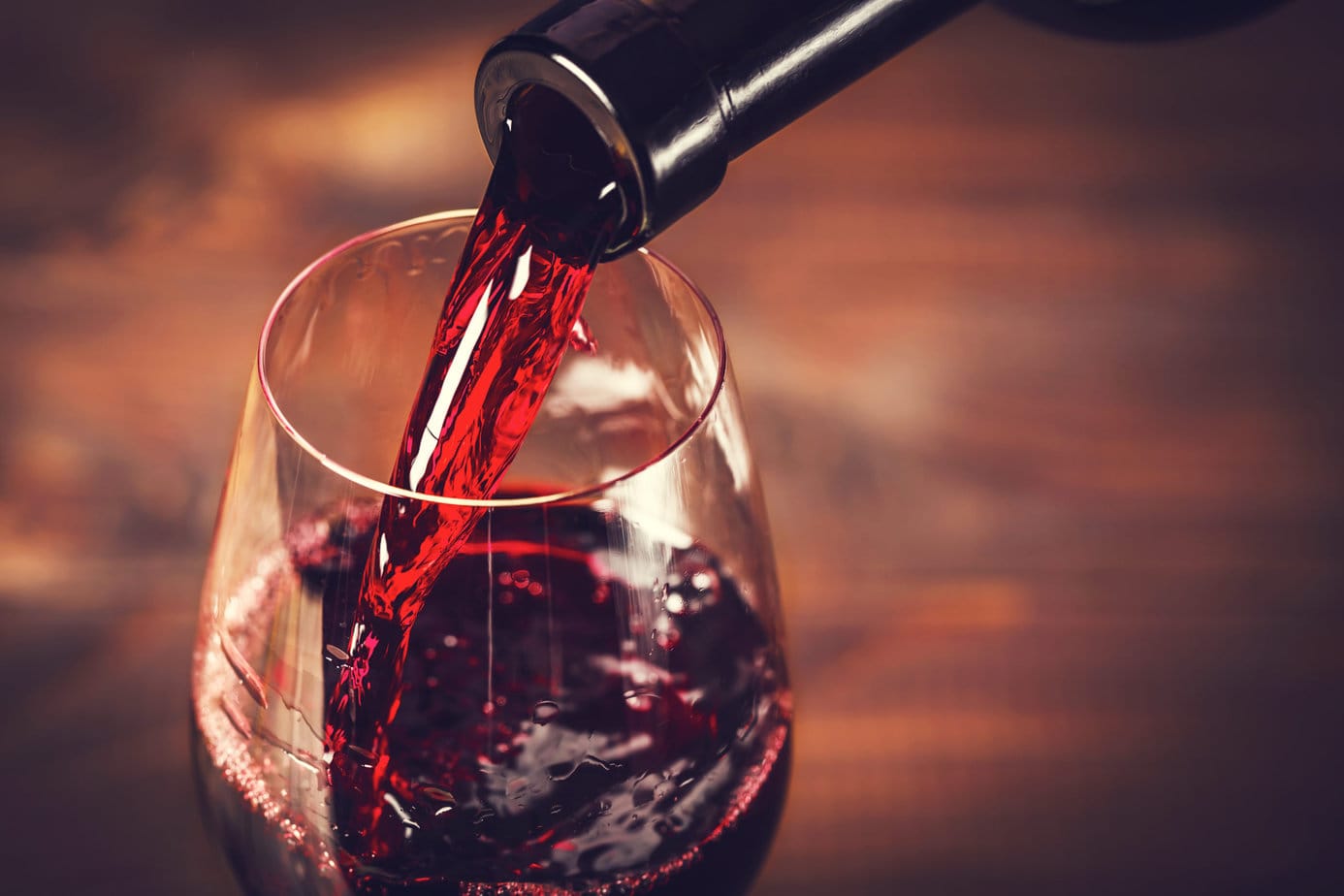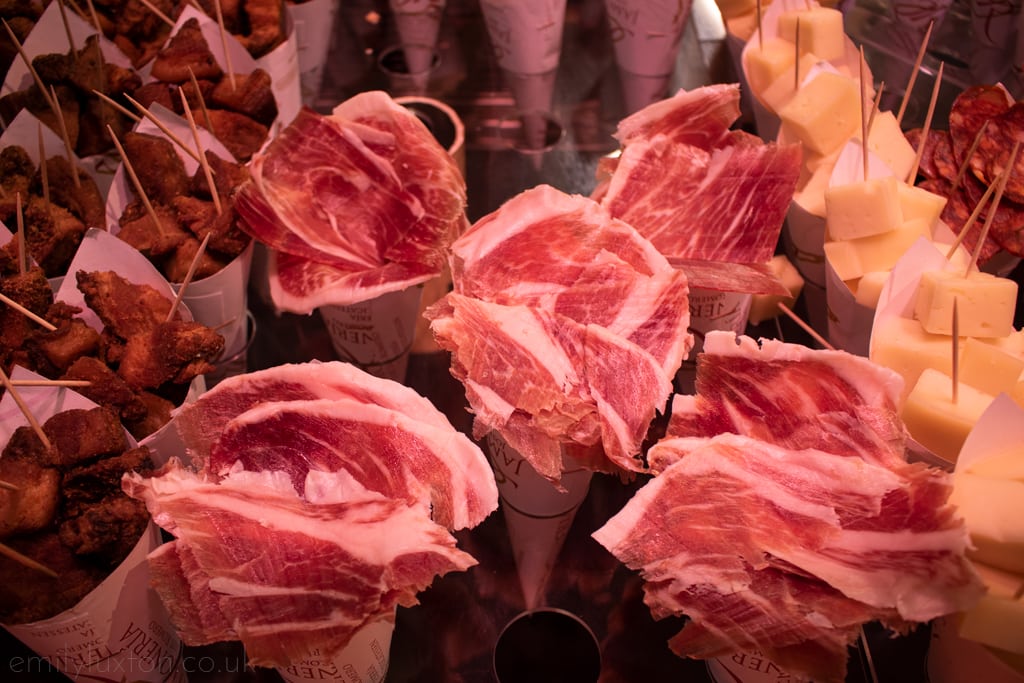Some posts on this site contain affiliate links. If you book or buy something through these links, I earn a small commission (at no extra cost to you). Take a look at my privacy policy for more information.

Champagne, the sparkling wine from the historic province in the north-east of France, has long had a reputation as a drink of celebration, luxury and refinement. Its unique characteristics are a product not only of the grapes used, but also of the specific regions in which they are grown.
The famous Aÿ – home of the historic and dry Grand Cru Champagne
Aÿ, a picturesque village in the heart of the Champagne region of France, has a history of winemaking that dates back thousands of years. Long before Champagne gained worldwide acclaim for producing the world’s finest sparkling wines, Aÿ’s vineyards were renowned for their still wines, sought after by royalty and revered in ancient literature.
The region’s unique terroir, characterised by chalky soils and a temperate climate, provides ideal conditions for growing Pinot Noir, the predominant grape variety in Aÿ.
Over the centuries, as winemaking techniques have evolved, Aÿ has seamlessly transferred its expertise to the production of sparkling wines, with many of its vineyards now classified as ‘Grand Cru’, a classification reserved for the very best vineyards in Champagne.
However, what really sets Aÿ apart from other Champagne regions is its distinctive style of Grand Cru Champagne, characterised by a rich, dry profile?
And if you want to enjoy a good bottle of Champagne at home, you can order one here.
Reims – home of the more elegant, milder cuvées
Nestled in the north-east of France, Reims is an iconic cornerstone in the world of Champagne. As the unofficial capital of the Champagne region, it boasts an illustrious history and heritage that has cemented its place as the home of some of the most elegant and mellow cuvées.
The city’s terroir, characterised by its unique soil composition and climatic conditions, plays a crucial role in shaping the characteristics of the grapes grown in its vineyards.
This particular combination ensures that wines from Reims often display a refined subtlety, making them highly sought after by enthusiasts and experts alike.
The age-old traditions and methods of Champagne production in Reims have been passed down through the generations, resulting in a mastery of making milder cuvées.
The city’s Champagne houses have perfected the art of blending, mixing grapes from different vineyards in precise proportions to create a harmonious final product.
This meticulous process ensures consistent quality, resulting in Champagnes that are both delicate and elegant.
Montagne de Reims – where power and finesse meet
Montagne de Reims is not just another region in the vast expanse of Champagne; it is a testament to the rich tapestry of the Champagne making process, which seamlessly blends power with finesse.
Situated in the northern part of Champagne, the region boasts a varied topography of extensive forests, deep valleys and predominantly south-facing slopes, creating an ideal environment for vine growing.
The unique terroir, characterised by a thick layer of chalk beneath the soil, provides the vines with excellent drainage and a constant supply of water, resulting in grapes of distinctive intensity and vigour.
The wines produced in the Montagne de Reims are predominantly Pinot Noir, which gives them their robust structure and deep flavours. This grape variety, combined with the unique soil and climatic conditions, produces Champagnes that are both powerful and elegant.
Wines from this region are often noted for their red fruit aromas, mixed with hints of almond and toast. The palate is often seduced by the complexity of flavours, ranging from ripe berries to subtle mineral notes, all underpinned by a refreshing acidity.



